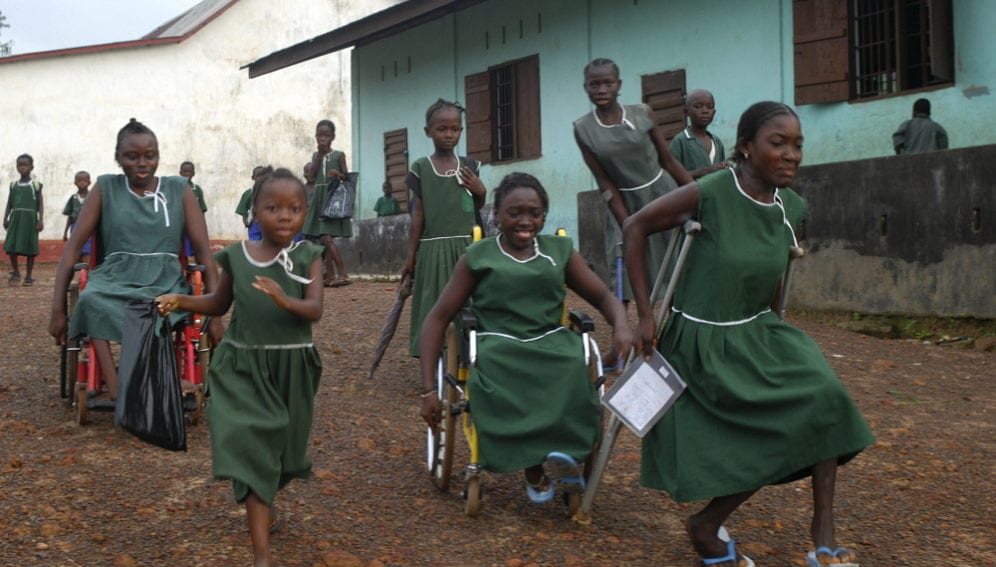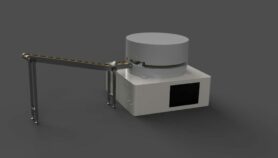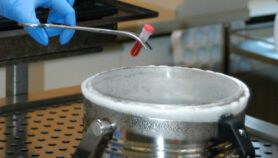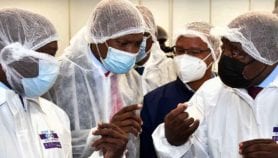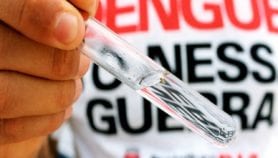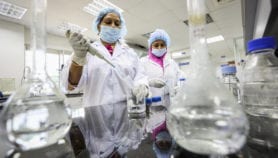By: Aamna Mohdin
Send to a friend
The details you provide on this page will not be used to send unsolicited email, and will not be sold to a 3rd party. See privacy policy.
Two studies have recently shown that combining oral and injected polio vaccinations could extend people’s immunity to the disease and reduce infection rates, SciDev.Net reported last month.
There is a growing emphasis on meeting the 2018 eradication deadline set by the Global Polio Eradication Initiative. But while reporting the story, I found little focus on meeting the needs of polio survivors who can be left with limb deformities that limit their mobility.
“While eradication is a critical effort, there are still many disabled young people for whom vaccination came too late but who can yet lead productive lives if provided with simple, relatively inexpensive rehabilitative treatment,” says Jay Nash, the cofounder of StandProud, a US charity that offers free treatment to enhance the mobility of polio survivors in the Democratic Republic of Congo (DRC).

According to Nash, polio survivors need more than crutches or wheelchairs. The problem is that those weakened by the disease cannot use crutches unless their legs are treated — through surgery and physiotherapy — and braced. And there is no further financial assistance available if their crutches or wheelchairs break. In the DRC, the majority of those affected either live too far from facilities that provide treatment and repairs, or can’t afford them.
Nash tells me that, apart from offering the surgery and physiotherapy that survivors need, StandProud uses one innovative piece of technology to help.
Instead of using plastic braces that require regular replacement that many can’t afford, the charity uses durable, custom-made metal braces fitted to second-hand shoes. Unlike the plastic braces, the metal ones permit full leg movement. They also need to be repaired and replaced less often — and repairs or alterations can be done by local welders and cobblers, reducing the cost.
Nash says the braces are inexpensive and could be replicated beyond the DRC in other polio-affected countries. But to fully meet the needs of polio survivors, policymakers must also encourage the full integration of disabled people into all social, economic and cultural activities.
“Were sufficient resources available, StandProud would expand to neighbouring countries to the north and south, several of which have sizeable polio-affected populations but few facilities dedicated to providing rehabilitative treatment,” he says.
StandProud has six rehabilitation centres across the DRC, all staffed by polio survivors. But, Nash says, they only meet a fraction of national need due to a significant financial shortfall. Since 1999, the charity has provided 6,000 young people with leg braces.
He tells me that apart from the StandProud centres, all brace-crafting and treatment centres in the DRC charge for their services, and the fees are beyond the means of most families. No public institutions, including the DRC government, provide any assistance.
Aamna Mohdin is a freelance journalist based in London, United Kingdom.


